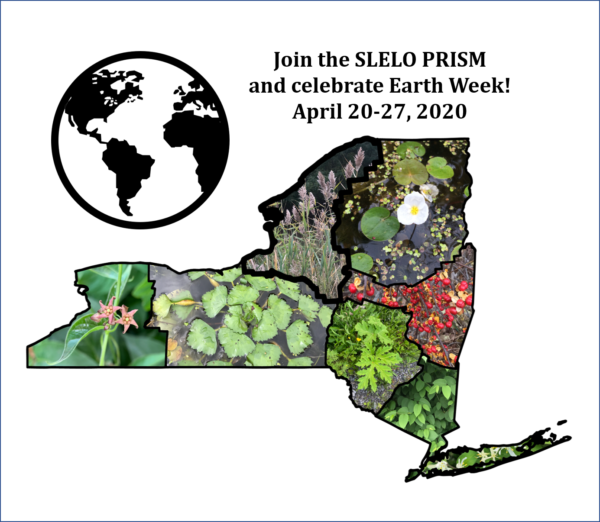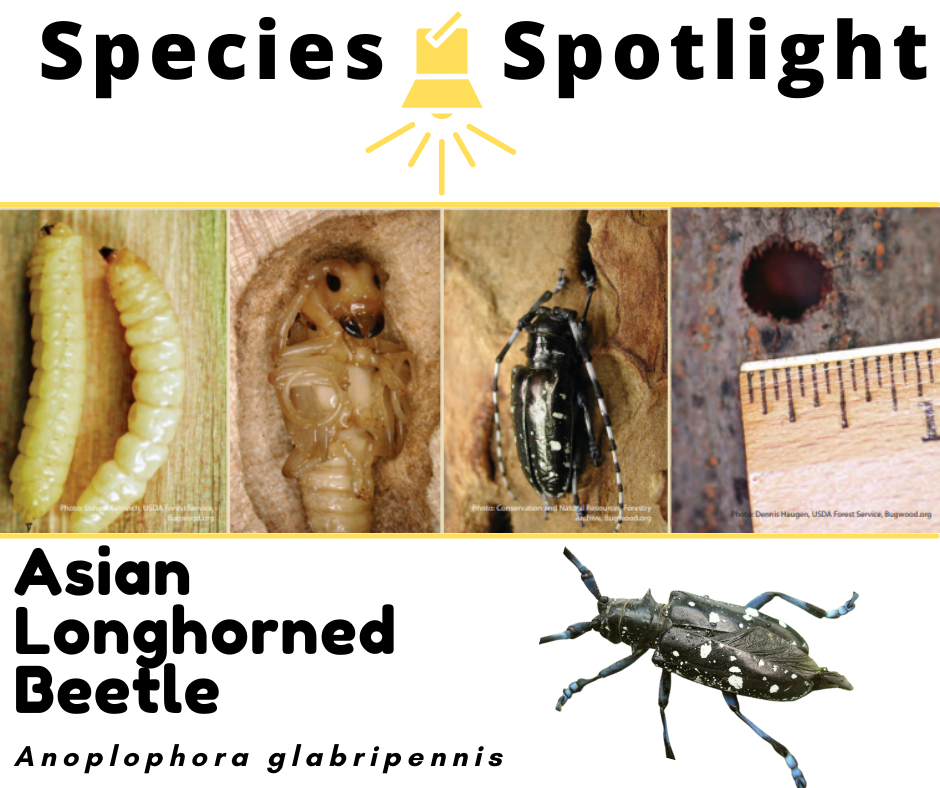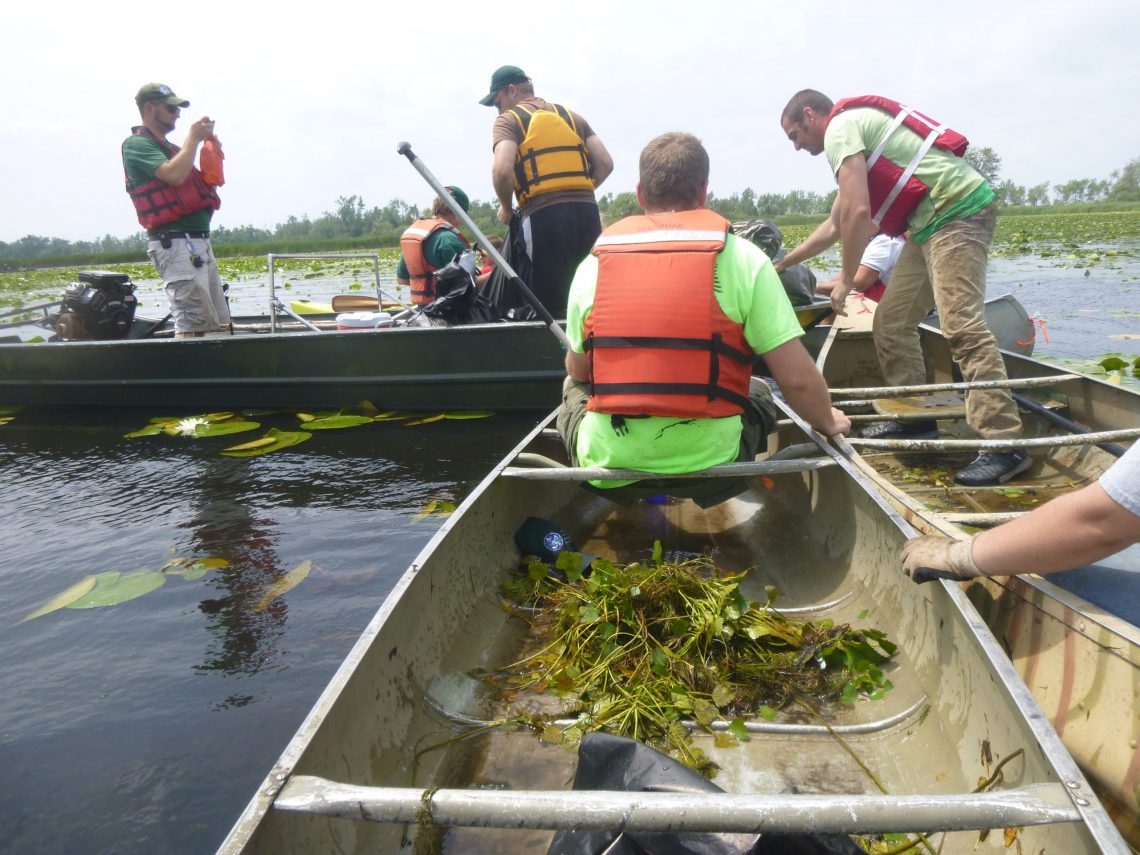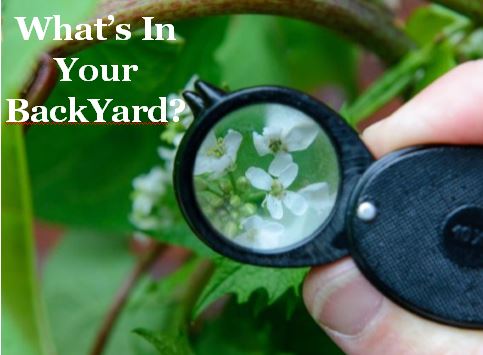Hope for the hemlocks may come in the form of a predatory beetle, Laricobius nigrinus, and two silver fly species, Leucotaraxis argenticollis, and Leucotaraxis piniperda.

Beetles and Silverflies Can Save Forests
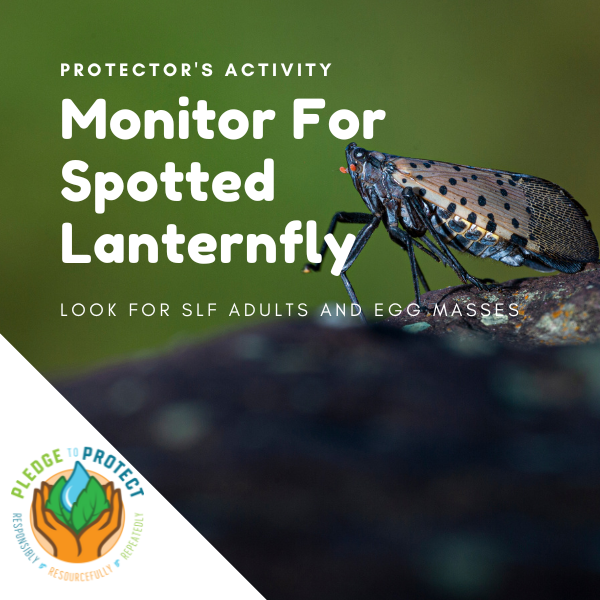
Protector’s Activity: Monitor for Spotted Lanternfly
Spotted lanternfly lay their eggs in the fall. Keep an eye out for adults until cold weather and for egg masses now through the winter. Learn what to look for and what to do if you find SLF in this Protector’s blog.
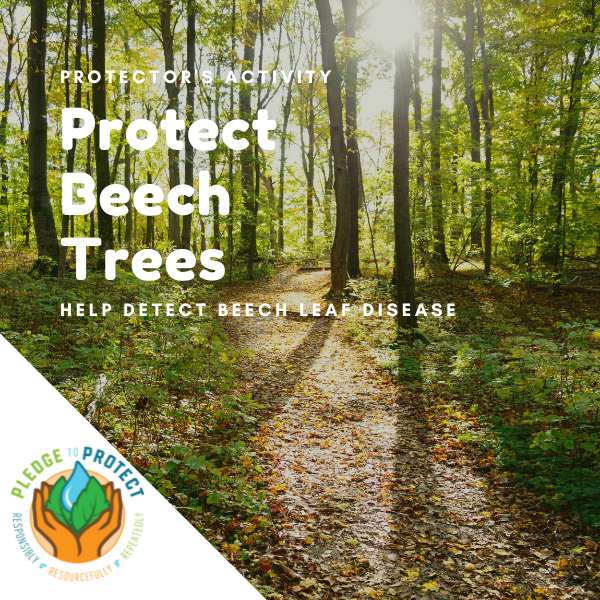
Protector’s Activity: Help Track Beech Leaf Disease
Beech leaf disease (BLD) is the newest threat to beech trees and is spreading rapidly across the Northeastern United States and Canada. You can help by learning to recognize and report BLD.
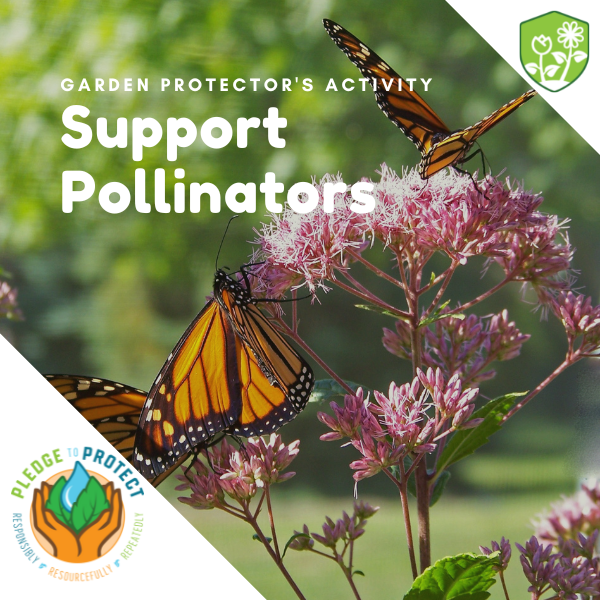
Garden Protector’s Activity: Supporting Pollinators
Specialized relationships exist between plants, animals, pollinators, and other insects. Invasive species threaten native plants and wildlife by altering the natural habitats on which native species depend.
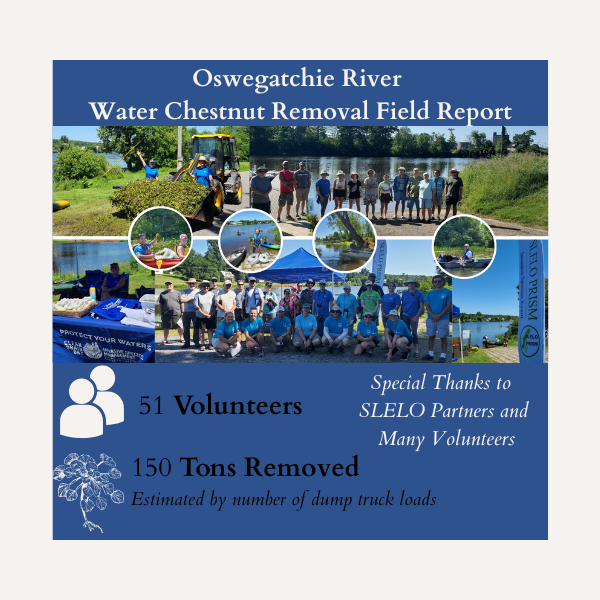
Removing Water Chestnut From the Oswegatchie River
SLELO partners, stakeholders and volunteers have joined forces to control a large water chestnut infestation on the Oswegatchie River.

Newsletter Cover Story: Summer 2022
Small-scale projects that restore critical corridors can have profound impacts on ecological integrity and resilience in connected landscapes. Learn how work being done along the dunes restores health along the 17-mile dunes coastal barrier.
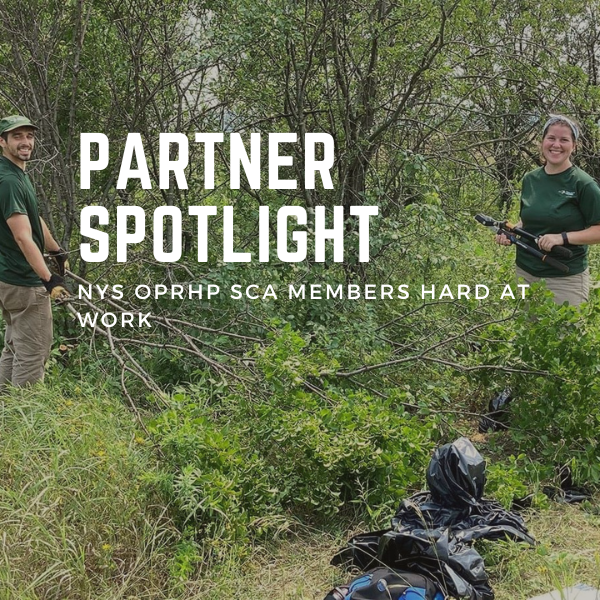
Partner Spotlight: NYS OPRHP SCA Members Hard at Work
NYS Office of Parks Recreation and Historic Preservation SCA members have been hard at work this field season controlling invasive species.

Invasive Species Removals at Thompson Park
The City of Watertown and Friends of Thompson Park have been working hard to control invasive species.
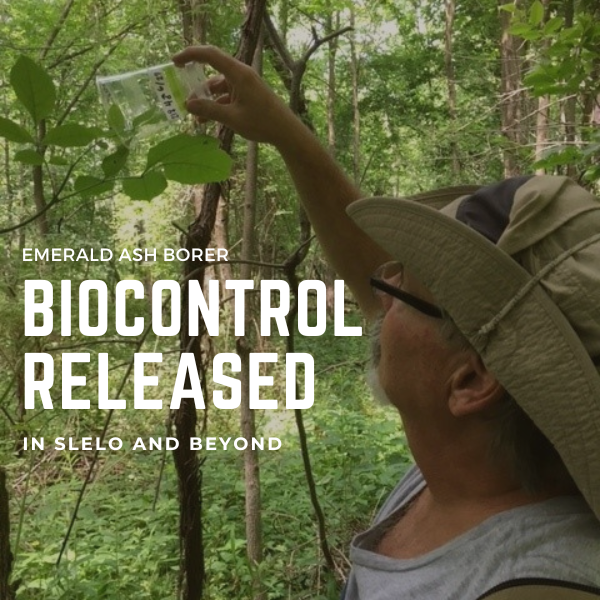
EAB Biocontrol
Thirty-eight counties across the state of New York contain at least one of the four federally approved biocontrol agents for emerald ash borer. Three of these species are currently present in the SLELO region.
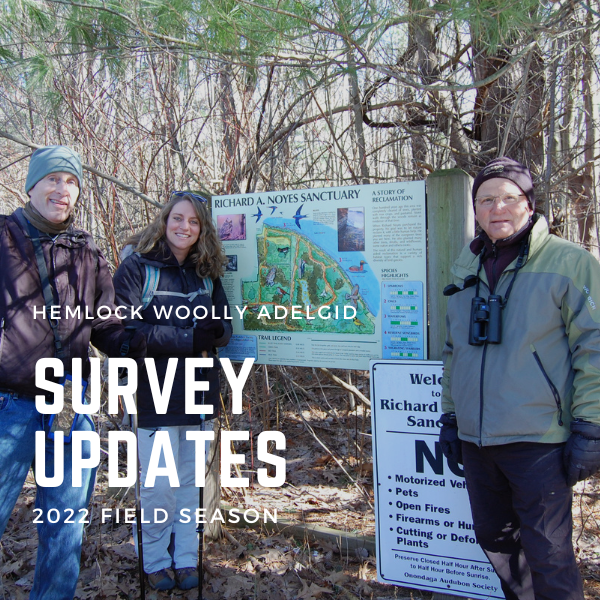
Hemlock Woolly Adelgid Survey Updates
An update showcasing hemlock woolly adelgid early detection surveys for 2022.

